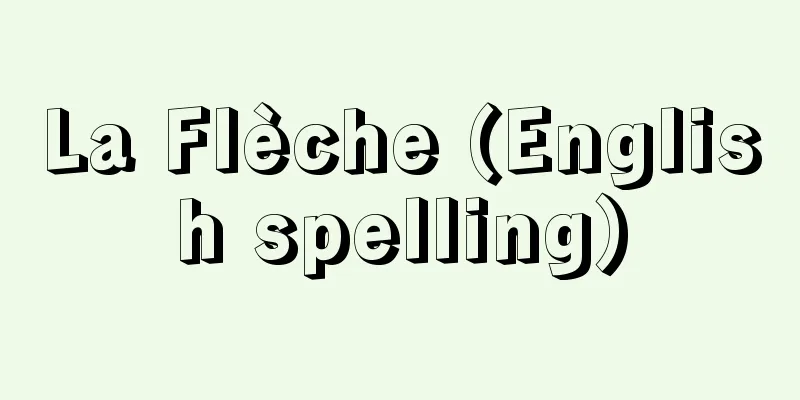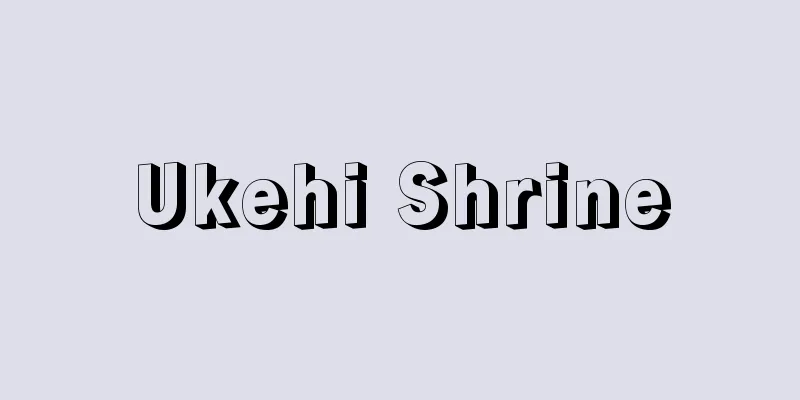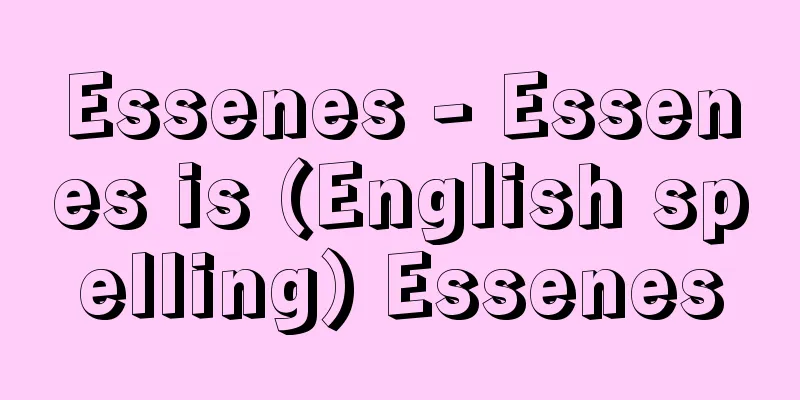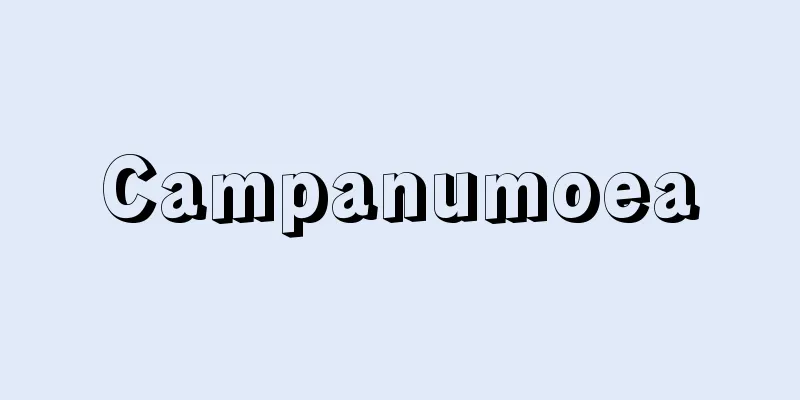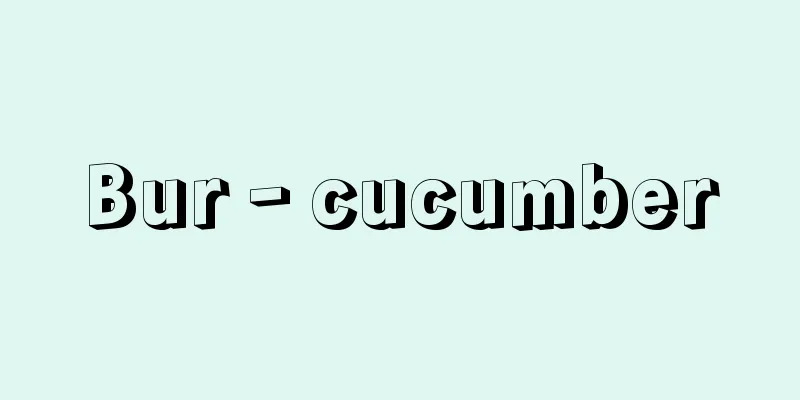Diffraction - Diffraction

|
This is the phenomenon in which waves propagate around obstacles. This is why sound waves from a sound source can be heard even if you are behind an obstacle. Light waves have a very short wavelength compared to sound waves. Therefore, light waves travel almost straight lines, creating the shadows of opaque objects. However, light waves can also travel slightly around the edges of objects and reach shadowed areas. Light and dark diffraction stripes are also created in areas where light would normally hit directly. In general, waves are diffracted when they hit an obstacle. The longer the wavelength of the wave, the more noticeable the wave diffraction. The intensity distribution of the diffraction image of the diffraction of light waves by an object is completely different when both the light source and the observation point are infinitely far from the object (i.e., when the object is illuminated with parallel light beams, the diffracted waves are collected by a lens, and observed on the focal plane) from when either the light source or the observation point, or both, are at a finite distance from the object. The former is called Fraunhofer diffraction, and the latter Fresnel diffraction. shows a diffraction image formed on a distant wall surface when red parallel light beams emitted by a helium-neon laser are directed at a slit, and it can be considered as a Fraunhofer diffraction image. shows its intensity distribution. The diffraction image has a main maximum of intensity in the center, and there are equal intervals of zero intensity points on both sides. There are sub-maxima of intensity between them, and the intensity rapidly decreases as it moves away from the main maximum to the left and right. shows a Fresnel diffraction image observed when the edge of an opaque plate is illuminated with parallel yellow light beams from a sodium lamp and a magnifying glass is focused on a flat surface a little in front of the plate. As one moves away from the edge of the plate, the spacing between the Fresnel diffraction fringes becomes smaller, and the contrast of the fringes decreases. The light also bends slightly into the shadow from the edge of the plate. If we consider the interference of secondary waves that are sent out from the wavefront of the incident light wave immediately after passing through the plane of the plate according to Huygens' principle, the intensity distribution of the diffraction image of the light wave by the edge of the plate can be explained. When a monochromatic light wave is perpendicularly incident on a diffraction grating, Fraunhofer diffraction produces a wave that travels straight, i.e., a zero-order diffracted wave, as well as first-order, second-order, and other diffracted waves that bend to the left and right. The condition (diffraction condition) for the waves traveling in the direction of the diffracted wave through each slit to interfere and reinforce each other at a location far away from the slit is that the phase difference between these light waves is equal to an integer multiple of 360 degrees. If the diffracted light wave by a diffraction grating travels in a direction that does not satisfy the diffraction condition, the waves from each slit will interfere with each other and disappear, so the intensity of the diffracted wave will be zero. Therefore, when diffracted light waves are observed with a telescope, a sharp spectrum of diffracted lines is observed on the focal plane of the objective lens. Diffraction gratings are used as high-precision spectroscopes. When monochromatic X-rays hit a crystal, the X-ray waves are scattered by the atoms regularly arranged within the crystal. The scattered waves interfere constructively only when the diffraction conditions known as the Laue condition or Bragg condition are satisfied. Since crystals act as three-dimensional diffraction gratings for X-ray waves, this phenomenon is called the diffraction of X-rays by crystals. Neutron and electron waves are also diffracted by crystals. The field of study that uses wave diffraction to study the atomic arrangement within crystals is called diffraction crystallography. [Yoshiro Kainuma] "Interference and Interference" by Yoshiro Kainuma (1981, Kyoritsu Shuppan) [Reference] |When a parallel beam of a helium-neon laser is directed at a slit, a diffraction pattern is formed on a distant wall. © Yoshiro Kainuma "> Fraunhofer diffraction pattern (Figure A) Intensity distribution of the Fraunhofer diffraction pattern in (Figure A) ©Shogakukan Intensity distribution of Fraunhofer diffraction pattern (Fig.… Fresnel diffraction fringes observed when the edge of an opaque plate is illuminated with parallel monochromatic light from a sodium lamp and a magnifying glass is focused on a plane a little in front of the plate. © Yoshiro Kainuma "> Fresnel diffraction pattern (Fig. C) Source: Shogakukan Encyclopedia Nipponica About Encyclopedia Nipponica Information | Legend |
|
波が障害物の後ろに回り込んで伝播(でんぱ)する現象。障害物の後ろにいても音源からの音波が聞こえるのは、このためである。光波は音波に比べて波長が非常に短い。したがって光波はほとんど直進して不透明物体の影を生ずる。しかし、光波はわずかにではあるが物体の縁を回り込んで、影の場所にも到達する。また直接に光が当たるはずの場所にも明暗の回折縞(じま)を生ずる。一般に、波は障害物に当たると回折する。波の波長が大きいほど、波の回折は顕著におこる。 光波の物体による回折は、光源および観察点がどちらも物体から無限に遠い場合(すなわち平行光束で照らし、回折波をレンズで集めて、その焦点面上で観察する場合)と、光源、観察点のどちらか、またはその両方が物体から有限の距離にある場合とでは、回折像の強度分布がまったく違う。前者をフラウンホーファー回折、後者をフレネル回折という。は、ヘリウムネオンレーザーの放つ赤色の平行光線をスリットに当てたときに、遠く離れた壁面上にできる回折像で、ほぼフラウンホーファー回折像とみなされる。その強度分布をに示す。回折像は、その中央に強度の主極大をもち、その左右に等間隔に強度ゼロの場所が並ぶ。その間に強度の副極大があり、その強度は主極大から左右に離れるにしたがって急激に減少する。は、ナトリウムランプの放つ黄色の単色光の平行光線で不透明な板の縁を照らし、板から少し手前の平面上にルーペのピントをあわせたときに観察されるフレネル回折像である。板の縁から離れるにしたがって、フレネル回折縞の間隔が小さくなり、縞のコントラストが低くなる。光はまた板の縁からわずかに影の方へ回り込む。板の平面を通過した直後の入射光波の波面から、ホイヘンスの原理に従って二次波が送り出されるものとして、この二次波の干渉を考えれば、板の縁による光波の回折像の強度分布を説明することができる。 回折格子に単色の光波が垂直入射すると、フラウンホーファー回折によって、直進する波、すなわちゼロ次の回折波のほかに、その左右に折れて進む一次、二次などの回折波を生ずる。各スリットを通って回折波の進行方向に進む波が、スリットから遠く離れた場所で干渉して強め合うための条件(回折条件)は、これらの各光波の位相差が360度の整数倍に等しいことである。回折格子による回折光波が回折条件から外れた方向に進む場合には、各スリットからの波は互いに干渉して消滅するので、回折波の強度はゼロになる。それで、回折光波を望遠鏡で観察すると、対物レンズの焦点面上に回折線の鋭いスペクトルが観察される。回折格子は高い精度の分光器として利用される。 単色のX線が結晶に当たると、結晶内に規則正しく並んだ各原子によってX線の波が散乱される。各散乱波が干渉して強め合うのは、ラウエ条件またはブラッグ条件とよばれる回折条件が満足されるときに限られる。結晶はX線波に対して三次元的な回折格子の役割をするので、この現象をX線の結晶による回折という。また、中性子や電子の波も結晶によって回折される。波の回折を用いて結晶内の原子配列などを研究する学問分野は回折結晶学とよばれる。 [飼沼芳郎] 『飼沼芳郎著『干渉および干渉性』(1981・共立出版)』 [参照項目] |ヘリウム・ネオン・レーザーの平行光線をスリットに当てたときに、遠く離れた壁面上にできる回折像©飼沼芳郎"> フラウンホーファー回折像〔図A〕 〔図A〕のフラウンホーファー回折像の強度分布©Shogakukan"> フラウンホーファー回折像の強度分布〔図… ナトリウムランプの単色光の平行光線で不透明な板の縁を照らし、板から少し手前の平面上にルーペのピントをあわせたときに観察されるフレネル回折縞©飼沼芳郎"> フレネル回折像〔図C〕 出典 小学館 日本大百科全書(ニッポニカ)日本大百科全書(ニッポニカ)について 情報 | 凡例 |
>>: Kaiseki cuisine - Kaisekiryori
Recommend
Kaizu Castle
This castle was originally the residence of the Ki...
Bunjiro Kawate
Year of death: October 10, 1883 Year of birth: Bun...
Labyrinth
〘 noun 〙① (From the meaning of a building that is ...
NBA (Basketball)
...Professional basketball was launched in the Un...
Cardboard - Itagami (English spelling) cardboard
A general term for thick paper, also known as car...
buffalo-weaver
…This family is a relatively well-organized group...
Stanovoe nagor'e (English spelling) Stanovoenagore
...Rain is heavy from summer to autumn. The mount...
Provisional attachment - provisional attachment
Regarding monetary claims, if there is a risk tha...
Democrat Party - Minshutou (English spelling) min zhǔ dǎng pài
In China, a group of weak political groups that di...
Electrophoresis
In the past, it meant that when a pair of electro...
Dianthus (Nadeshiko) - Pink (English spelling)
A general term for plants of the Dianthus genus of...
Blondie
An American comic strip. Blondie is the name of th...
Phonetic characters - hyo-on-moji
A writing system in which each character correspo...
Arctocebus calbarensis (English spelling) Arctocebuscalbarensis
…The family Lorisidae is divided into the subfami...
Weaving Princess - Orihime
...As one of the five seasonal festivals, this da...
